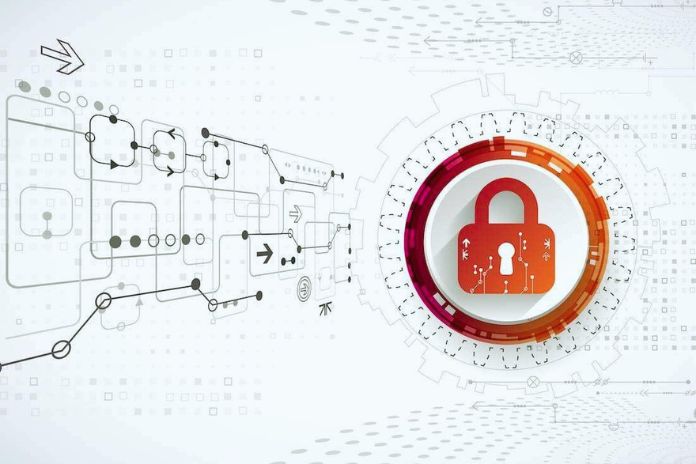The proper management of information is essential for the success of any company. After all, from managing labor contracts to planning long-term strategies, the institution is supported by fundamental data that help in the efficient management of the business.
External threats, however, can compromise data protection, which encompasses the integrity and confidentiality of information. Faced with an increasingly competitive market, this can mean a drop in the organization’s credibility with the consumer public.
Bearing in mind the importance of ensuring data security for the company’s sustainability, we have listed some clarifications and tips for you to know the necessary steps to protect information. Be sure to check it out!
What Does Data Security Consist Of?
Data security is, in general terms, an information protection system that aims to contain threats of unauthorized destruction or modification of documents necessary to the business. After all, to a greater or lesser extent, all institutions have confidential files for the enterprise.
These security actions lead to mapping processes and implementing tools that guarantee the integrity, availability for consultation and confidentiality of information.
How Important Is It To Ensure Data Security?
A company that does not ensure its information security is constantly exposed to risks of different natures. After all, in addition to customer data, every institution has documents that, if lost or modified, can compromise the efficiency of the company’s strategies.
Moreover, given this possibility, the trust gained with the public can be easily broken, given the improper disclosure of personal information. For this reason, ensuring the integrity and confidentiality of data is extremely important to reduce potential damage.
What To Do To Ensure Data Security?
Use Protection Programs And Tools
There are already several software options created primarily to protect essential data. When choosing the tool, however, it is important to check which one best meets the needs and size of the company.
It is also essential to observe the ease of handling the system since your team will need to be prepared to adapt it to the routine of the business.
Control Access
The information does not have a single standard of secrecy or confidentiality. Some documents, in their classification, may have different degrees of relevance. Given this segmentation, it is easy to understand why specific data can only be accessed by the board or a particular group of employees.
Access control, therefore, is essential to ensure information security. After all, restricting contact with certain documents through a system of solid passwords makes managing them more accessible and ensures they fulfill their strategic role in the organization.
Make Backups
Making backups periodically is essential for efficient data protection. Through this practice, it will be possible to rescue documents in cases of loss, theft or damage caused by unusual events.
For data duplication to reach its objective, it is essential to create an update routinely with procedures well defined by the team. In this way, it will be possible to guarantee the integrity of institutional information.
Empower Your Employees
The efficiency of the security system presupposes collaboration on the part of the workers. After all, they must adapt to include tool-handling processes in their daily routine. In this sense, the employer must contribute to this transition by providing training to employees.
In this way, in addition to understanding the importance of the tool for data security, employees will know what postures to adopt in the face of new company policies and will know the guidelines for the proper use of the programs.
Carry Out A Complete Plan
One of the managers’ most significant mistakes in data protection is the lack of complete and detailed planning of security actions. Such a mistake is often responsible for the disorganization of teams and the inefficiency in implementing tools.
Therefore, the administrator must know how to strategically plan the procedures to be carried out for the construction of a comprehensive protection system. This includes gathering the data that must be secured and establishing priorities in access control actions, for example.
Update The System
Operating systems are not perfect; on the contrary, they can present holes that facilitate the invasion of third parties in computers.
For this reason, updating the software periodically to reduce exposure is essential. After all, companies seek to improve the system while technology advances and eliminate flaws to ensure information security.
Develop Clear Prohibition Rules
A point generally neglected by institutions is the elaboration of explicit rules about handling tools and the network.
Without explicit prohibitions, employees can handle data without proper awareness of the risks the company may be exposed to. Therefore, make employees aware of security procedures and limits on access to information through a solid code.
Ensure A Firm Password Policy
A solid data security policy would be useless if there were not, at the same time, a recommendation to professionals about the necessary care for creating and maintaining the password.
Ideally, employees periodically update access codes to prevent intrusions and external threats. In this sense, it is interesting to create a routine schedule so that servers do not forget to change passwords.
Also Read: What Is Ransomware: Complete Guide On How To Avoid Attacks

